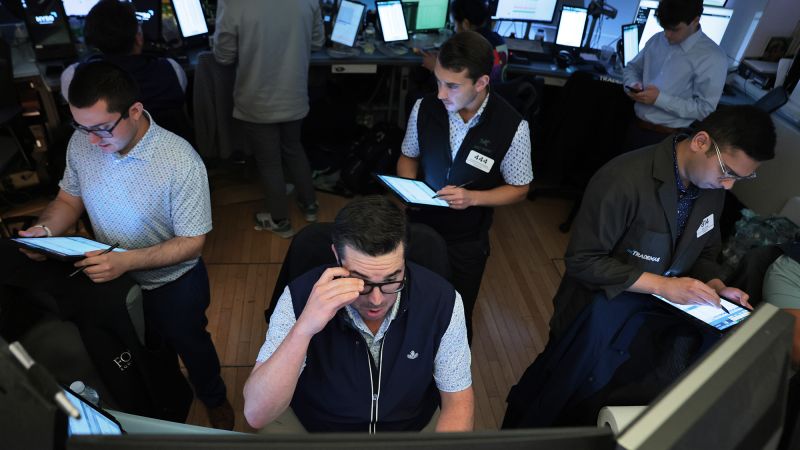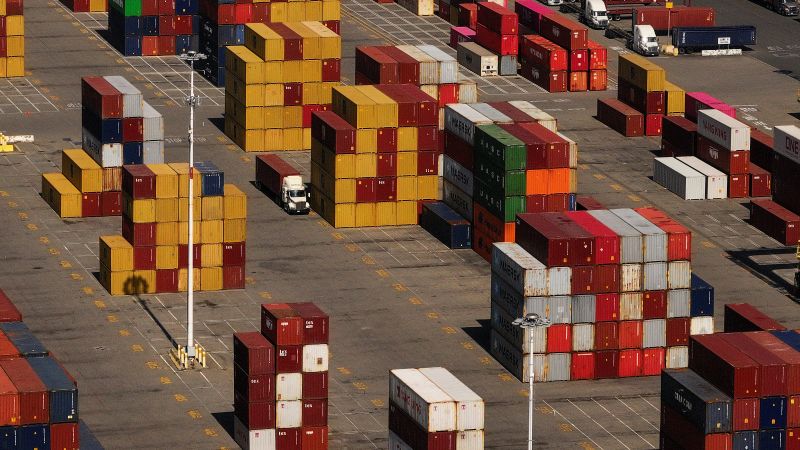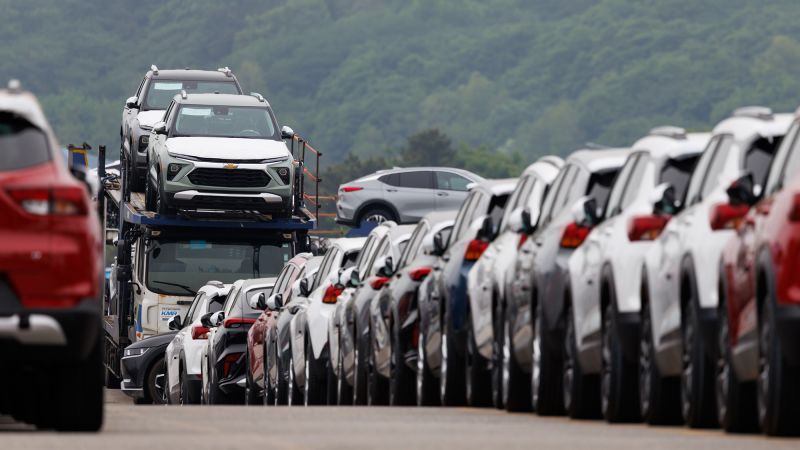
President Trump's Tariff Strategy and Market Volatility
Opinion | 8/11/2025
President Donald Trump has garnered attention for his fluctuating stance on tariffs, with Wall Street traders coining the term TACO, standing for “Trump always chickens out.” This term emerged in response to Trump’s pattern of initially imposing significant import taxes, only to reverse course when market volatility ensued. The President’s approach to tariffs has been marked by unpredictability, leading to speculation and scrutiny among analysts and investors.
This dynamic relationship between Trump’s tariff decisions and market reactions has underscored a broader trend of uncertainty within financial circles. The fluctuating nature of trade policies under the current administration has left investors grappling with the implications of sudden shifts in economic strategy. Such volatility has prompted questions regarding the long-term stability and predictability of the market in the face of policy reversals.
Analysts and traders have closely monitored Trump’s responses to market fluctuations, noting a pattern of initial assertiveness followed by retrenchment in the face of economic consequences. This cycle of imposition and retreat has fueled discussions on the efficacy of the President’s tariff strategy and its impact on market stability. As tensions persist between trade partners and economic repercussions loom, the role of tariffs in shaping global economic dynamics remains a subject of intense debate.
While Trump’s approach to tariffs has evoked mixed reactions, with some advocating for a more consistent and calculated strategy, others argue that his willingness to challenge Wall Street expectations reflects a commitment to prioritizing national economic interests. The President’s engagement with trade policy continues to be a focal point of analysis and critique, as stakeholders navigate the complexities of balancing economic growth with geopolitical considerations in an increasingly interconnected global marketplace.
In response to these developments, a White House official, speaking on condition of anonymity, stated, “The President’s decisions on tariffs are guided by a commitment to protecting American industries and workers, even in the face of market pressures.” This sentiment encapsulates the administration’s stance on trade policy, highlighting the ongoing dialogue between Washington and Wall Street as both sides navigate the evolving landscape of international commerce.


